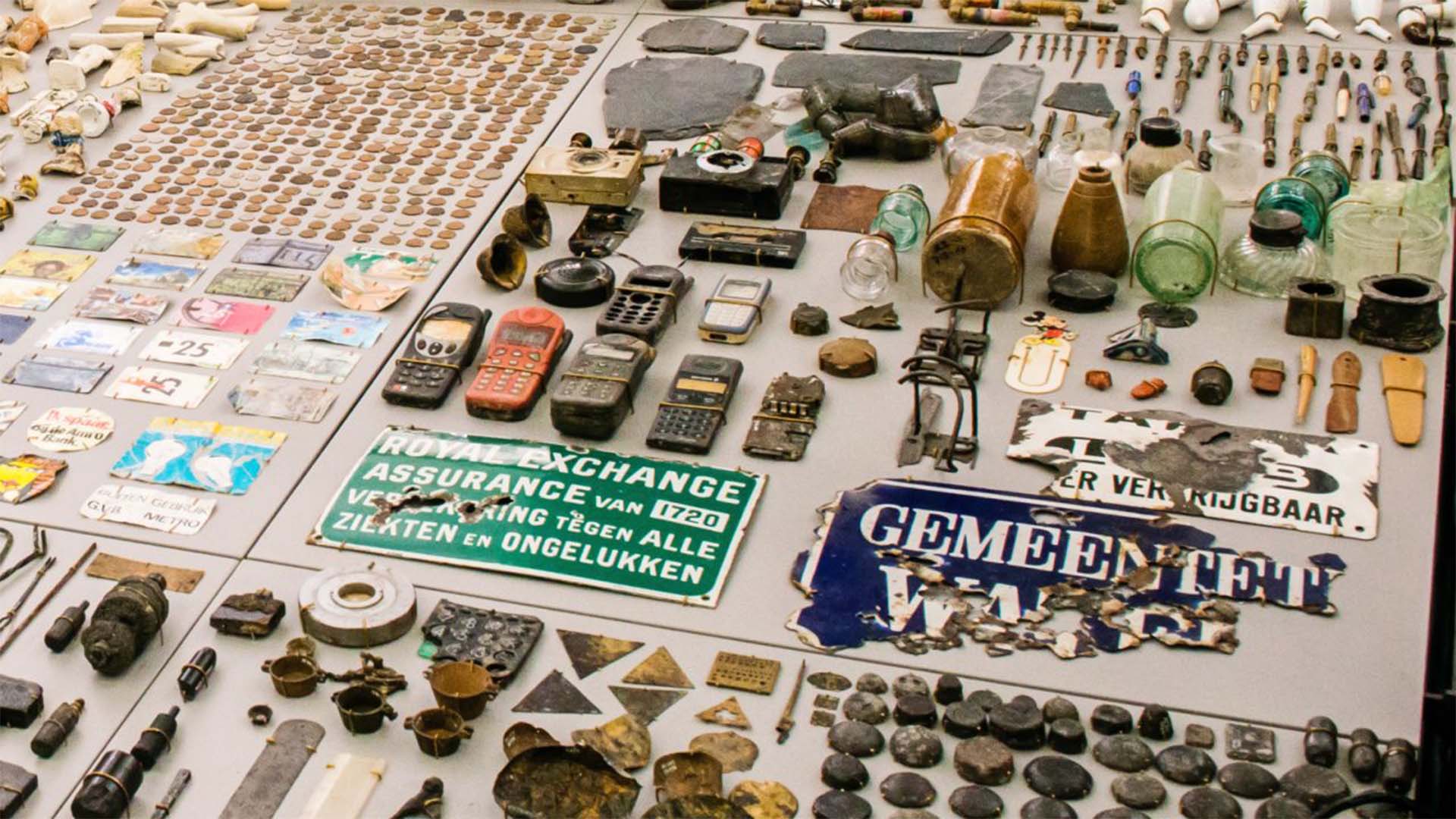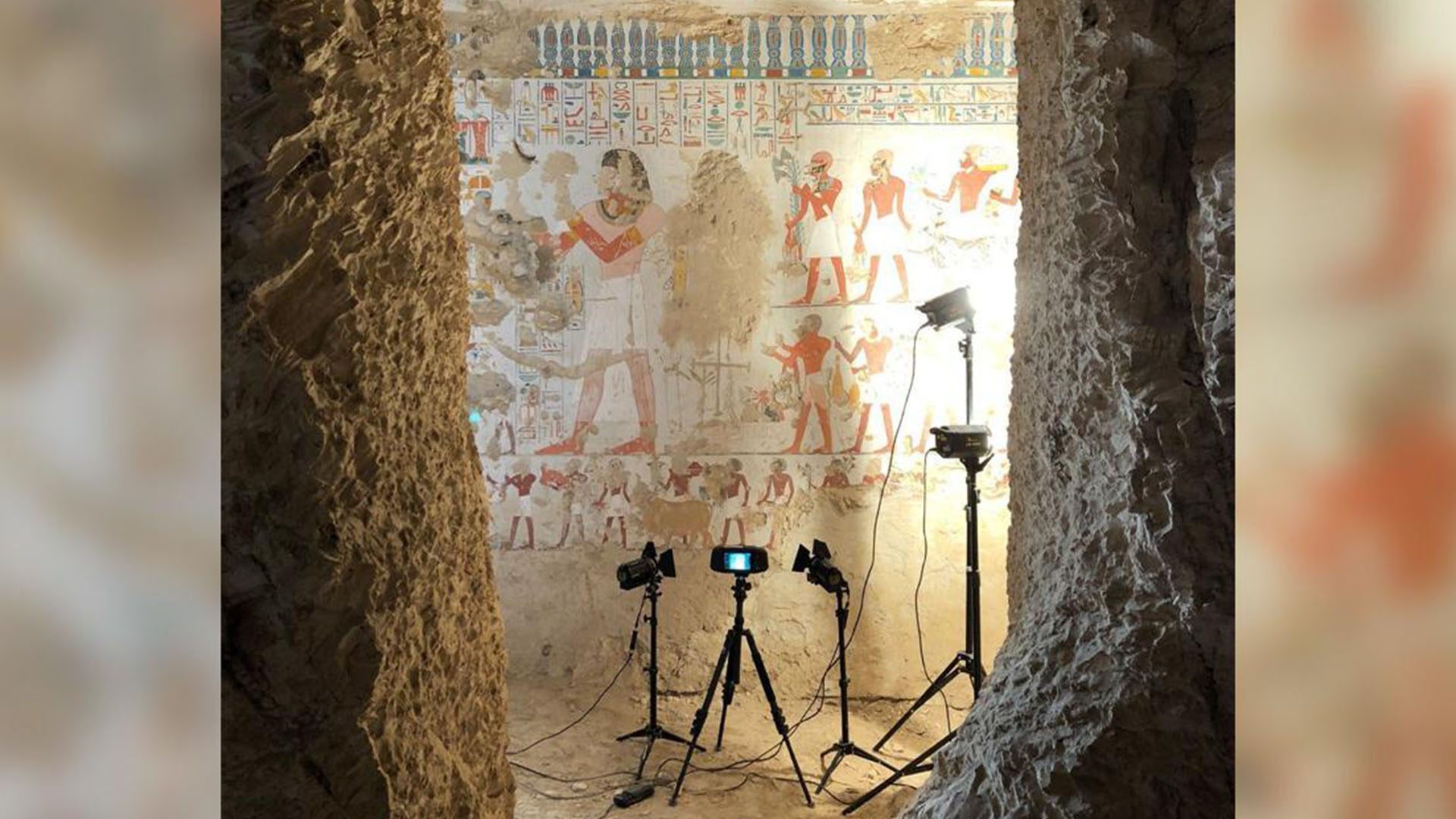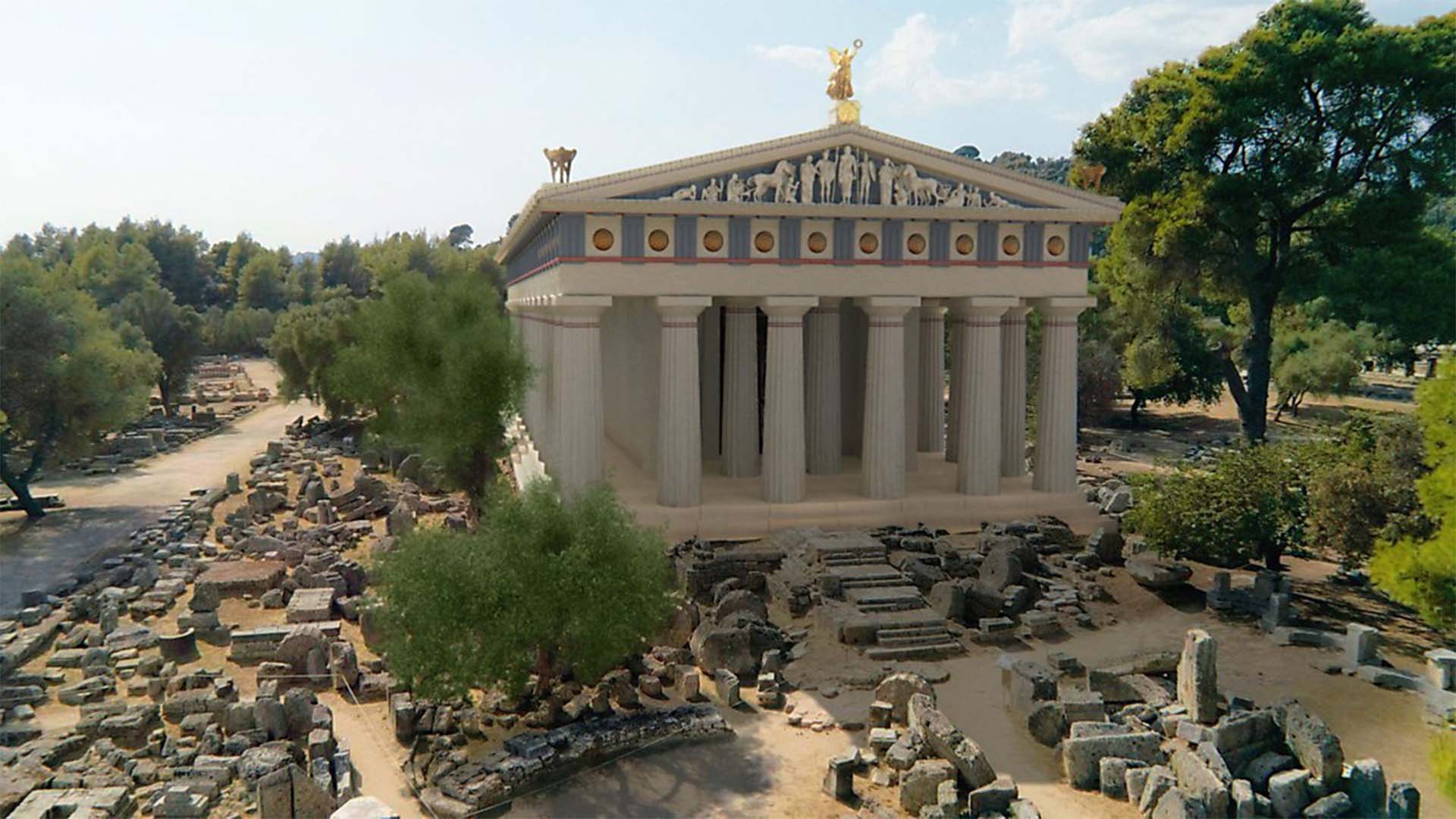A small artifact made of gilded silver was recently discovered by a treasure hunter using a metal detector in the village of Langham in Rutland, England. Though nobody is quite sure what the object is, its composition of precious metal means it is considered a potential treasure under the UK’s Treasure Act of 1996.
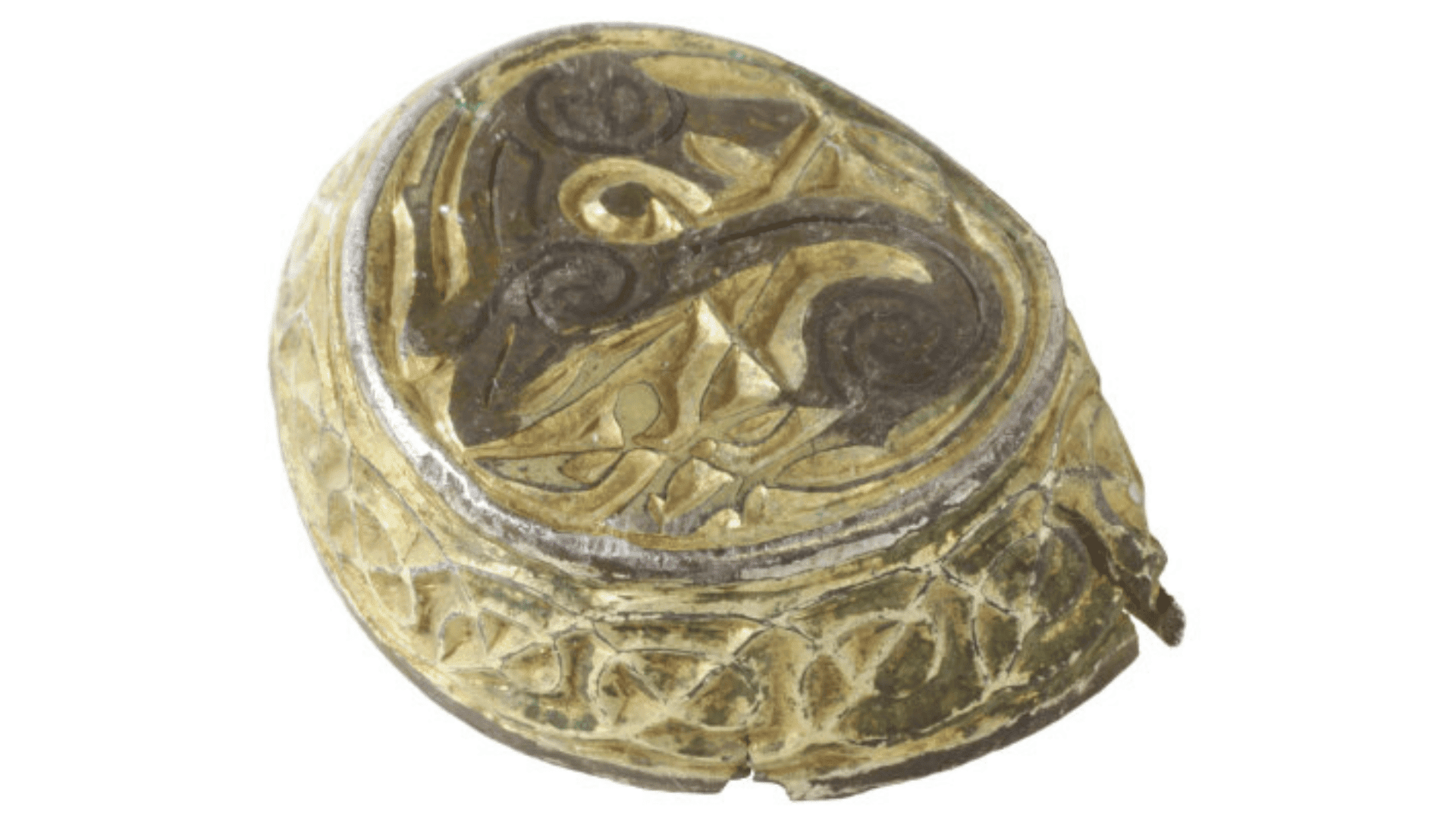
The 8th-century artifact is a hollowed cylinder of about 0.3 inches in height and 0.7 inches in diameter. According to the UK’s Portable Antiquities Scheme, the artifact was found bent inwards with a small crack and with partial gilding and niello inlay.
The top of the artifact is adorned with the profile of an animal, the tail and legs dissolving into “chip-carved interlace with plant elements,” according to the organization. This type of animal drawing was described as characteristic of the Mercian style.
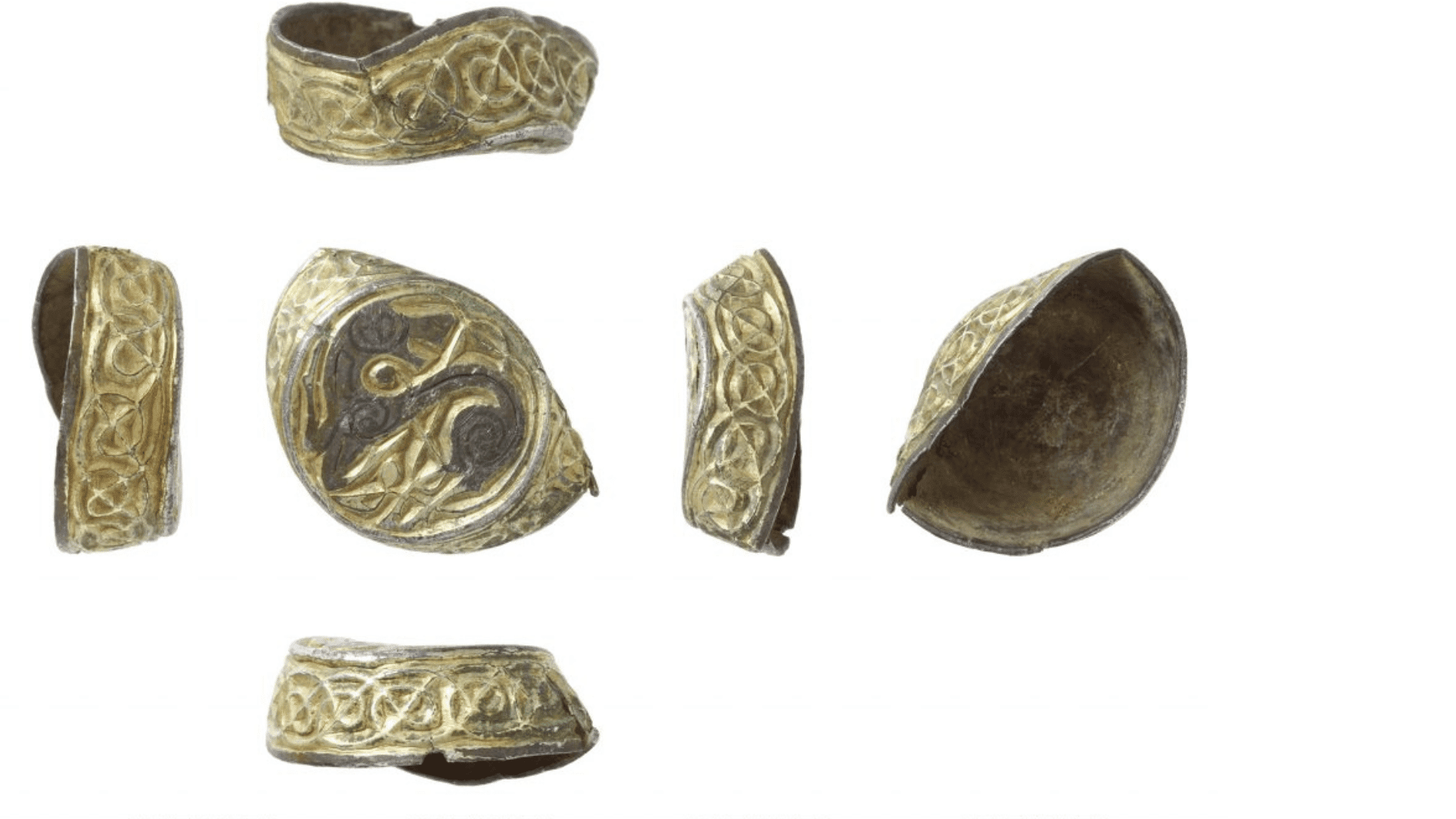
“There are few parallels to the shape of this object, and so it is difficult to work out its function,” the listing in the Portable Antiquities Scheme’s database reads.
The organization noted another flat-topped but significantly taller item, made from copper alloy, that was previously discovered. Two other domed and conical objects from the same period have also been recorded with animal decorations, partial gilding, and niello inlay.
“It’s so tiny and yet it was created just as carefully as something like a Bible or piece of jewelry,” stated historian Helen Geake. She called it “completely unlike” the other similar mystery items.

According to Geake, the spiral pattern on the Anglo-Saxon artifact is recognizable from the Book of Kells or Lindisfarne Gospel, two Celtic illuminated manuscripts, and described the animal on it as possibly a horse.
“We do have evidence that gold and silversmiths were also doing illuminations in manuscripts at this time, for example,” she stated.
Geake theorizes that the artifact may have once topped a wooden staff and said it was made by someone “with a real eye for loveliness.”



